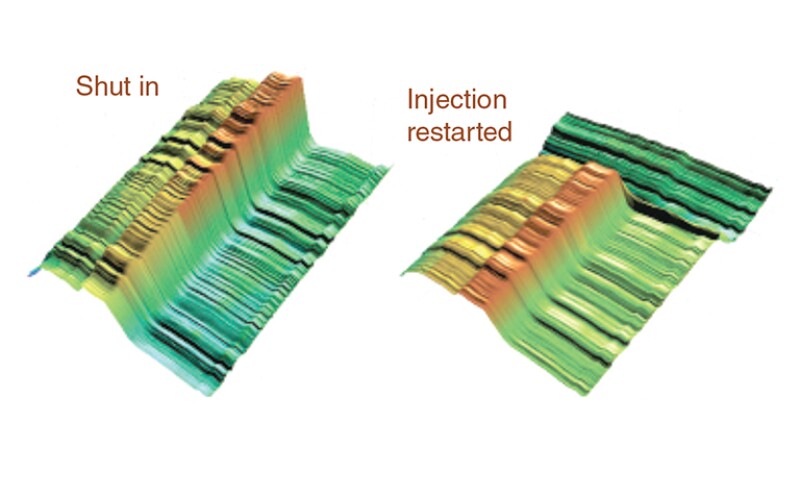The complete paper describes a pilot test using polymerflooding in which evaluating the performance of injector wells was a main priority. The authors chose to complete the wells using a distributed temperature sensor. The paper describes how a better understanding of the connection between the well and the reservoir can improve reservoir simulation models, the decision-making process, and well-performance evaluation. The authors also stress the importance of determining the possibility of unswept areas in the reservoir, which could result in low volumetric sweep efficiency and, consequently, low recovery factor.
Introduction
The field is in the Orinoco Belt, mainly unconsolidated Miocene sandstone, and has produced heavy oil since 1999. At the time of writing, more than 711 producing wells have been drilled since the beginning of the exploitation of the field.


